Junkyard Find: 1995 Eagle Summit AWD Wagon

It’s hard to keep track of all the twists and turns of the drama involving Chrysler, Mitsubishi, and American Motors vehicles and branding during the last quarter of the 20th century — and that’s without even bringing Rootes Group stuff into the cast of characters.
The Eagle Summit Wagon, which was a left-hand-drive Mitsubishi RVR slapped with the badges of a marque named for a long-defunct AMC vehicle and not much related to the Mirage-based Eagle Summit car, is a good example of an obscure Mitsu-Chrysler sold just a few years before a bunch of Daimler DNA got added to the Chrysler genome.
We saw this ’93 Eagle Summit FWD Wagon a couple of years back, and now here’s an AWD example that I spotted in Denver last month.
If there’s a low-American-sales-figure Japanese four- or all-wheel-drive vehicle, you’ll find it in a Colorado wrecking yard — sooner or later.
This one didn’t have particularly high miles on the clock when its career came to an end.
Perhaps it failed to pass Denver County’s not-very-rigorous (compared to California, where I once lived) emissions test.
Sold in Denver (or a Denver suburb), will be crushed in Denver.
Of course, all the different-colored body panels from other badge-engineered RVRs (including the hood from a Plymouth Colt Vista wagon) weren’t doing the resale value of this car any favors, so perhaps the final owner just gave up on it due to lack of sufficient cup holders.
In Europe, the ’95 RVR (badged as a Space Runner) was sold using this “your life is over now that you have children, so who cares what kind of car you drive?” ad campaign.
In Japan, the RVR was ideal for hauling a busted-legged Daffy Duck in the back seat.

Murilee Martin is the pen name of Phil Greden, a writer who has lived in Minnesota, California, Georgia and (now) Colorado. He has toiled at copywriting, technical writing, junkmail writing, fiction writing and now automotive writing. He has owned many terrible vehicles and some good ones. He spends a great deal of time in self-service junkyards. These days, he writes for publications including Autoweek, Autoblog, Hagerty, The Truth About Cars and Capital One.
More by Murilee Martin
Latest Car Reviews
Read moreLatest Product Reviews
Read moreRecent Comments
- 3SpeedAutomatic I'd like to see a sedan:[list][*]boxy in shape, avoid the windshield at a 65º angle BS[/*][*]tall greenhouse, plenty of headroom to sit straight up in the back seat[/*][*]V8, true dual exhaust, sans turbo, gobs of torque[/*][*]rear wheel drive, fully independent suspension, accommodate a stretched wheel base (livery service would go nuts)[/*][*]distinctive, tasteful colors (black, navy blue, claret, etc.)[/*][*]more substance, less flash on dashboard[/*][*]limited 5 yr run, get it while you can before the EPA shuts you down[/*][/list]
- Bd2 Mark my words : Lexus Deathwatch Part 1, the T24 From Hell!
- Michael S6 Cadillac is beyond fixing because of lack of investment and uncompetitive products. The division and GM are essentially held afloat by mega size SUV (and pick up truck GM) that only domestic brainwashed population buys. Cadillac only hope was to leapfrog the competition in the luxury EV market but that turned out disastrously with the botches role out of the Lyriq which is now dead on arrival.
- BlackEldo I'm not sure the entire brand can be fixed, but maybe they should start with the C pillar on the CT5...
- Bd2 To sum up my comments and follow-up comments here backed by some data, perhaps Cadillac should look to the Genesis formula in order to secure a more competitive position in the market. Indeed, by using bespoke Rwd chassis, powertrains and interiors Genesis is selling neck and neck with Lexus while ATPs are 15 to 35% higher depending on the segment you are looking at. While Lexus can't sell Rwd sedans, Genesis is outpacing them 2.2 to 1. Genesis is an industry world changing success story, frankly Cadillac would be insane to not replicate it for themselves.




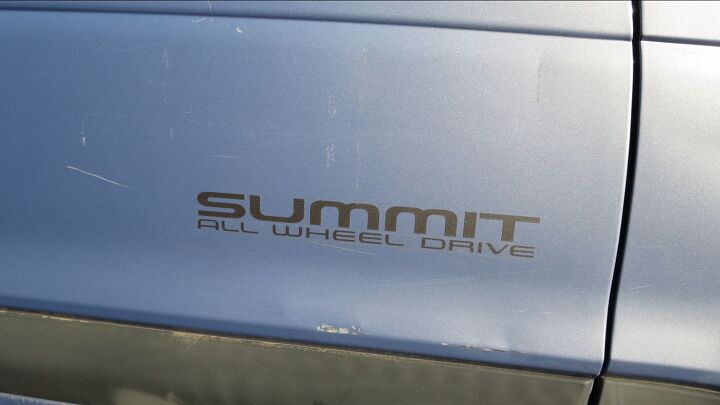































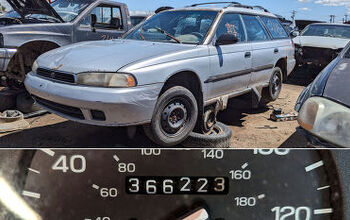

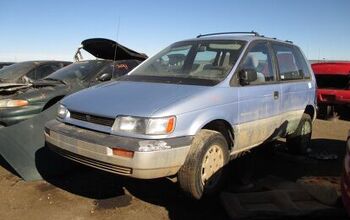
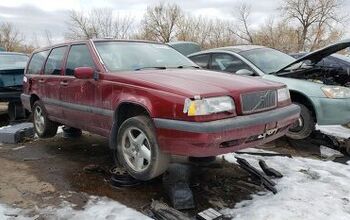
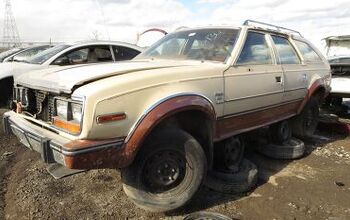









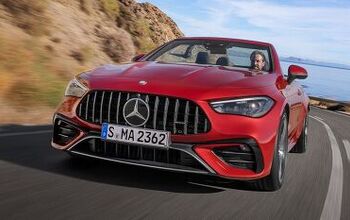



Comments
Join the conversation
I used to really like these as a kid. Someone in our neighborhood had a white Plymouth Colt Vista, and it looked like a simple, honest-to-goodness little van. Back then I was always into dorky vans, so this was befitting. In college, my first boyfriend had a 1990 Nissan Axxess. That was the same basic principle, being a small minivan. However, the Axxess is even more rare than the Mitsubishi trio (sold only in 1990 in the US), had very Japanese futuristic 80's styling, and unlike the other vsns of the time; had dual sliding doors. Parts were even relatively easy to find, since the mechanicals were shared with the more-common Nissan Stanza I grew to love that van. It was easy to park in the city, fuel efficient, incredibly roomy, great visibility, and was just unique. But it had a tough life. The boyfriend constantly brushed it against a roof pillar in the apartment complex parking lot, the sunroof leaked and the interior eventually smelt like mildew, and the engine mounts were out; at idle the car shaked relentlessly. The mini-minivan idea is a fantastic one that just never caught on here
Despite the single sliding door, I see these as an early crossover more than a micro-van. These were poorly marketed and disappeared just as the Toyota RAV4 became available. In addition to the Expo LRV that this Eagle is a clone of, there was also a longer Expo AWD with four hinged doors. Throw bigger tires on either of these and Mitsubishi could have developed the car-based crossover market instead of Toyota.